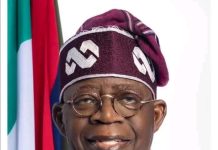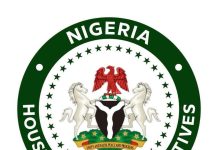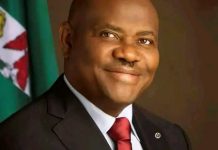The Central Bank of Nigeria’s Monetary Policy Committee (MPC) has retained the Monetary Policy Rate (MPR) at 27.50% — marking the third pause in policy this year. They also kept the asymmetric interest corridor at +500/-100 bps, the Cash Reserve Ratio (CRR) for Deposit Money Banks at 50% (and 16% for merchant banks), and the liquidity ratio at 30% .
Why the hold?
Inflation trend: The decision follows a consistent decline in inflation—down from 24.23% in March to 23.71% in April, and further to 22.22% in June .
Macro‑stability concerns: The MPC cited risks such as fluctuating oil prices, uncertainty in U.S. trade policy, electricity costs, structural economic issues, and pressure on forex markets .
CBN Governor Olayemi Cardoso explained the decision reflects a cautious, wait‑and‑see approach, aiming to thoroughly evaluate the effects of past rate hikes before making further adjustments .
What this implies
Borrowing costs remain very high, meaning businesses and individuals will continue to face tight credit conditions.
The central bank is focusing on sustained disinflation, with hopes that inflation will gradually ease enough to justify future rate cuts.
Keeping the reserve and liquidity ratios unchanged signals that liquidity management remains tight, limiting excessive lending.
What to watch next
Indicator Importance
Inflation trend A steady decline toward 20% could prompt calls for rate cuts.
Oil & FX developments Significant currency shifts or oil price drops could reshape the policy outlook.
MPC commentary Guidance at the next meeting (likely in October) may foreshadow the direction of future rate moves.
Bottom line: The CBN is playing it safe, keeping interest rates high to anchor inflation and stabilize currency values, even as inflation gradually eases. Continued caution suggests rates may remain elevated for the foreseeable future, but future shifts will depend heavily on inflation and external economic trends.



























